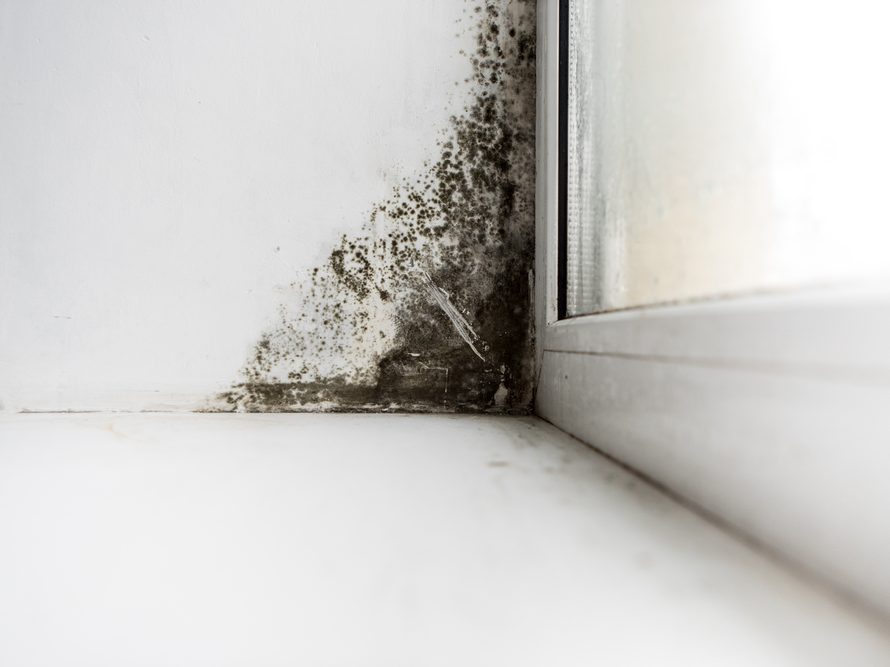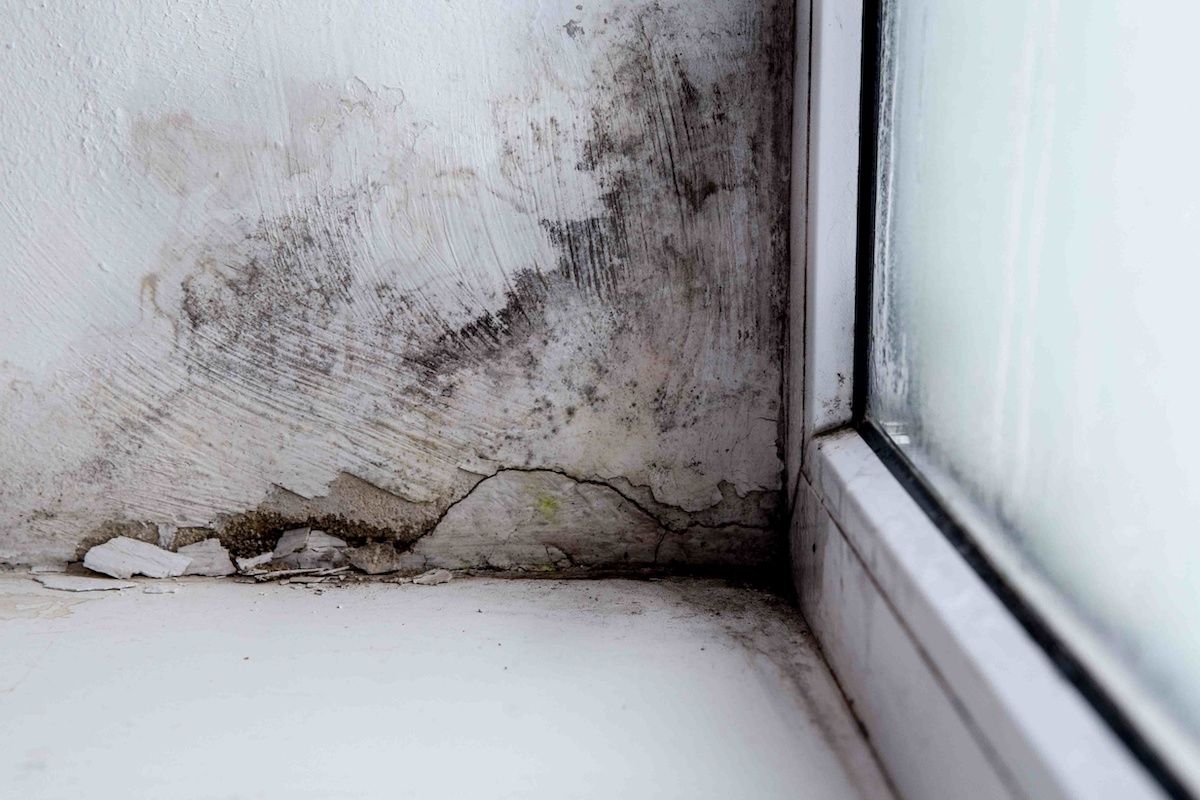Assistance on What to Do After Mold Remediation
Wiki Article
Effective Article Mold And Mildew Removal Solutions for Your Home
Mold development in homes can be a persistent problem, often needing an organized approach for effective post-remediation options. From comprehending the variables that contribute to mold and mildew growth to applying proper cleaning techniques and wetness control measures, the procedure can be detailed yet critical for keeping a healthy and balanced living atmosphere. Furthermore, exploring natural removal remedies and developing a routine for ongoing upkeep are crucial parts of a detailed mold remediation strategy. As homeowners strive to resolve mold and mildew problems, finding one of the most reliable remedies comes to be vital for the wellness of their households.Understanding Mold And Mildew Growth Elements
Mold and mildew growth is affected by a selection of elements that are critical to comprehend in order to properly address and avoid its spreading. Understanding these aspects is important in carrying out effective mold remediation approaches. The main variable adding to mold and mildew growth is wetness. Mold and mildew spores need dampness to grow and germinate, making moist or moist settings very susceptible to mold and mildew problems. Poor ventilation can additionally bring about moisture buildup, developing a perfect breeding ground for mold and mildew.
Moreover, air movement and light exposure can influence mold development. Areas that do not have proper air flow and natural light are extra susceptible to mold advancement. By dealing with these factors thoroughly, individuals can properly reduce mold development and secure their living environments.
Correct Mold And Mildew Cleansing Methods
Making use of effective cleaning techniques is necessary in addressing and preventing the recurrence of mold contamination in indoor environments. The first step in appropriate mold and mildew cleansing is to have the affected area to avoid the spread of spores to unpolluted locations.
Carrying Out Moisture Control Actions
To properly protect against mold growth and contamination in interior settings, executing wetness control actions is paramount. Wetness what to do after mold remediation is the key variable that fuels mold advancement, making it vital to manage humidity levels within the home. One efficient action is to use dehumidifiers to maintain indoor moisture levels below 60%. In addition, making certain proper air flow in locations prone to moisture accumulation, such as restrooms and cooking areas, can help in reducing the risk of mold and mildew growth. Regularly checking and fixing any leaks in pipes, roofs, or windows is additionally necessary in preventing excess wetness buildup. Using exhaust fans while food preparation or bathing, and permitting air flow by maintaining furnishings a little far from wall surfaces can assist in dampness control. Making use of moisture-resistant products in high-humidity locations, such as mold-resistant drywall and paints, can be valuable. By faithfully carrying out these wetness control measures, homeowners can properly minimize the possibility of mold recontamination and keep a healthy interior atmosphere.Using Natural Removal Solutions
After effectively carrying out wetness control measures to stop mold development in indoor settings, property owners can currently explore the performance of all-natural remediation services in preserving a healthy and balanced home. Natural removal remedies utilize eco-friendly approaches to fight mold and mold, making them a preferred choice for those seeking safe choices. One such solution is using vinegar, a natural antimicrobial representative, to clean and disinfect surface areas infected by mold. Just thin down vinegar with water and spray it onto the affected areas, permitting it to rest for a few hours prior to wiping tidy. Additionally, tea tree oil, known for its antifungal residential or commercial properties, can be combined with water and sprayed onto mold-infested surfaces to prevent further growth. An additional natural alternative is hydrogen peroxide, which can effectively eliminate mold on different surface areas without leaving harmful deposits behind. By incorporating these natural removal solutions into their cleaning regimens, homeowners can successfully combat mold growth while promoting a healthier interior setting on their own and their households.
Maintaining a Mold-Free Setting
Routinely examining areas susceptible to mold and mildew development, such as washrooms, kitchen areas, attic rooms, and basements, is vital. Correct air flow in locations with high moisture levels is also vital to protecting against mold growth.Additionally, keeping cleanliness in the home is crucial for mold avoidance. Maintaining indoor plants in check and making certain proper drain in outdoor landscaping can decrease wetness accumulation, lowering the likelihood of mold invasions.
Conclusion
Finally, it is important to deal with mold and mildew development elements, use correct cleansing techniques, apply wetness control steps, utilize all-natural removal solutions, and keep a mold-free setting in order to efficiently handle article mold removal in your home - Post Mold remediation cleaning. By complying with these strategies, you can stop mold and mildew from repeating and ensure a healthy and balanced living atmosphere for you and your family members
The key aspect contributing to mold and mildew development is wetness. Mold and mildew spores need moisture to grow and germinate, making moist or moist settings highly at risk to mold problems.To successfully stop mold development and contamination in indoor environments, applying wetness control measures is paramount. Furthermore, ensuring appropriate air flow in locations prone to moisture accumulation, such as kitchen areas and shower rooms, can aid decrease the danger of mold and mildew development.After effectively applying dampness control actions to protect against mold and mildew development in interior settings, home owners can currently discover the performance of all-natural removal options in keeping a healthy and balanced living room.
Report this wiki page